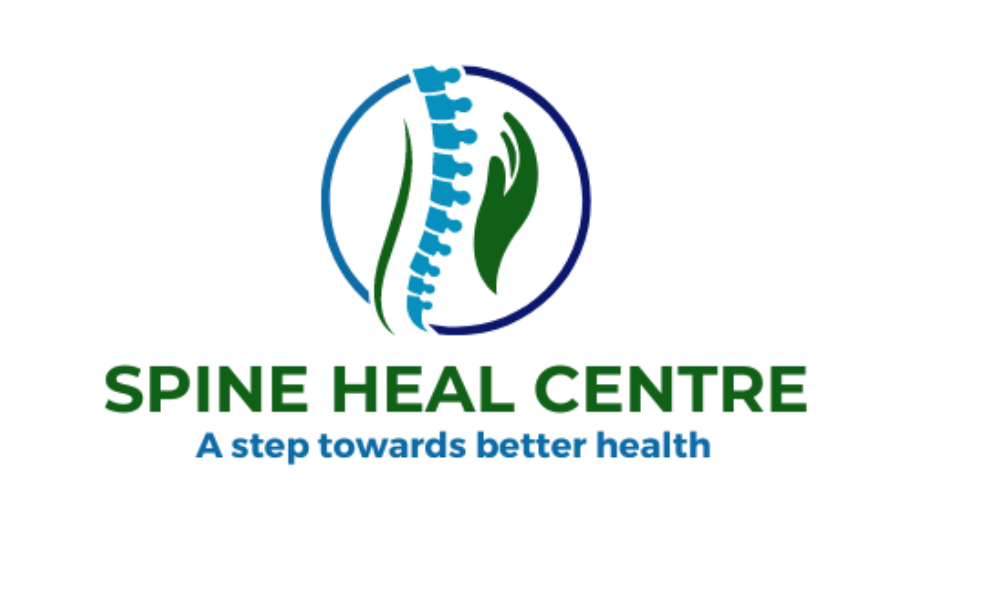Geriatric Physiotherapy

What is Geriatric Physiotherapy?
Physical deficits often associated with aging are assessed, diagnosed, and treated in geriatric physiotherapy. People frequently naturally lose bone density, joint flexibility, coordination, and muscle strength as they age. Numerous problems, such as reduced mobility, an elevated risk of falls, and persistent pain, might result from these alterations. Geriatric physiotherapists assist elderly patients in overcoming these obstacles, preserving their independence, and enhancing their general physical health.Geriatric physiotherapy has emerged as a critical component of elder healthcare as the world’s population ages. This particular subspecialty of physical therapy targets the distinct requirements of the elderly with the goal of enhancing their mobility, strength, balance, and general quality of life.Given that there will be more than 2 billion persons over the age of 60 by 2050, geriatric physical therapy will become increasingly important.
Common Conditions Treated by Geriatric Physiotherapy
Arthritis: Osteoarthritis and rheumatoid arthritis are common in seniors and cause joint pain, stiffness, and swelling. Physiotherapy helps reduce symptoms through exercises that improve joint flexibility and strength.
Osteoporosis: This condition weakens bones, making them fragile and more prone to fractures. Weight-bearing exercises prescribed by a physiotherapist help strengthen bones and reduce the risk of fractures.
Parkinson’s Disease: Parkinson’s disease affects movement and coordination, often leading to tremors, stiffness, and balance issues. Geriatric physiotherapists use exercises that focus on improving posture, coordination, and walking.
Stroke Recovery: A stroke can lead to significant physical disabilities. Geriatric physiotherapy plays a critical role in stroke rehabilitation by improving motor skills, reducing muscle stiffness, and enhancing overall strength and balance.
Chronic Obstructive Pulmonary Disease (COPD): Seniors with COPD benefit from respiratory physiotherapy, which involves breathing exercises and techniques to improve lung capacity and manage breathlessness.
Dementia: While dementia is primarily a cognitive condition, physical therapy can help improve motor function and delay physical decline in elderly patients with dementia. Simple exercises can enhance strength and reduce agitation.


The Role of Caregivers and Family in Geriatric Physiotherapy
Support from family members and caregivers is crucial for elderly patients receiving physical therapy. Treatment efficacy can be greatly increased by promoting adherence to recommended exercise regimens and offering emotional support. In order to make sure that exercises are continued at home and that the elderly patient’s surroundings are secure and supportive of healing, physiotherapists frequently collaborate closely with families. Maintaining and enhancing older individuals’ physical health and general well-being requires geriatric physiotherapy. Physiotherapy assists seniors in maintaining their independence, confidence, and level of activity through individualized exercise regimens, pain management approaches, and rehabilitation plans. It is impossible to overestimate the significance of geriatric physical therapy given the growing number of older persons worldwide. Physiotherapy provides elders with a road to a happier and more satisfying life by improving mobility, managing chronic diseases, and reducing falls.
